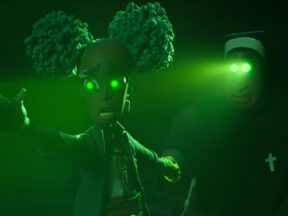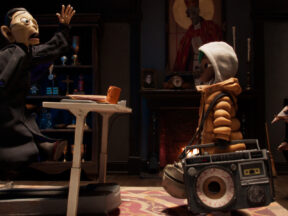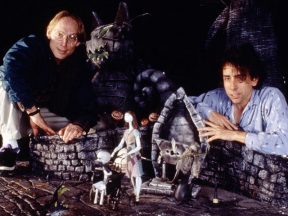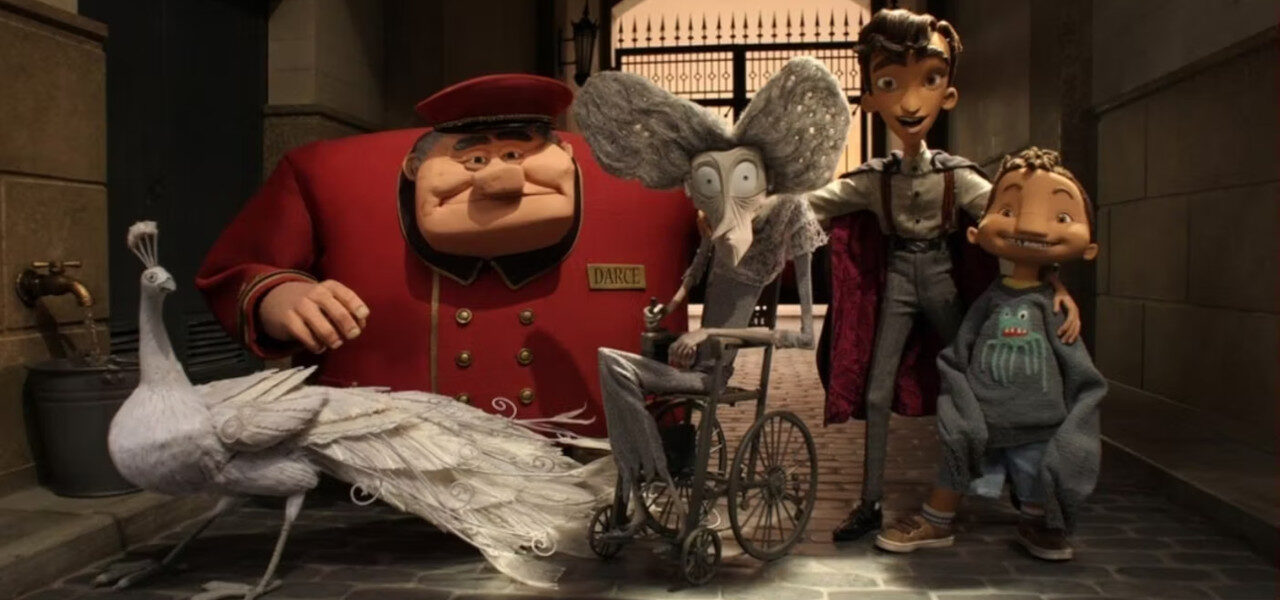
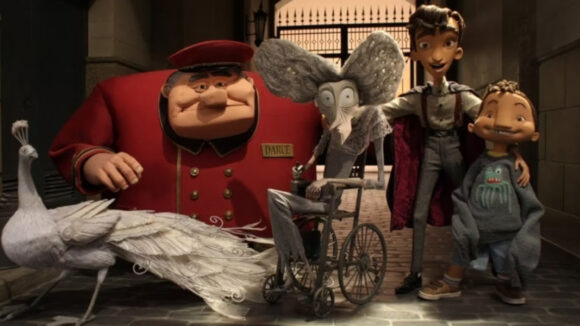
Henry Selick Says Pixar’s Braintrust And An Overbearing John Lasseter Killed ‘The Shadow King’
Netflix’s Wendell & Wild is director Henry Selick’s first finished film since 2009’s Coraline, but there was almost another feature in between which was set up at Disney/Pixar titled The Shadow King.
Speaking with The Hollywood Reporter ahead of next week’s Wendell & Wild streaming release, Selick recounted what went wrong at Pixar, and how then-boss John Lasseter’s heavy-handed approach got in the way of the film’s potential.
According to Selick, things started out great. He went into the endeavor knowing that the budget for his film would be much lower than those of the studio’s cg films, but he was excited that they agreed no studio notes would ever be mandatory.
Among the ideas Selick pitched at the time was The Shadow King, titled Shademaker at the time, with a 75-page treatment and a screenplay. A synopsis of the project, penned by Selick himself, reads:
Hap Dagger, a nine-year-old orphan, hides his fantastically weird hands from a cruel world. But when a Living Shadow Girl teaches him to make amazing hand shadows that come alive, his hands become incredible weapons in a shadow war against a ravenous Monster who could destroy Hap’s brother and all of New York.
Pixar liked the pitch, and Selick got to work. Once into production though, overbearing producers and a pushy studio head turned The Shadow King into something that Selick never planned it to be. In his The Hollywood Reporter interview, he elaborated saying:
[Pixar] have their braintrust and they rip things apart. They rebuild, rip things apart, rebuild. [Lasseter] really couldn’t support my vision. He thought he could make it better. And so, we kept changing and changing and changing. We hired a whole new crew. We were actually into animation and it was one of those things where the budget started creeping up, creeping up, and a new guy came in, Alan Horn, at Disney and they just felt no, it’s going to go off the charts for the budget because of the constant changes. It was shut down and it was a sad day. But it’s also a huge relief because it’s like taking your kid to the playground and watching your kid get beat up every day, and then having to take your kid home and wipe the tears away. It really wasn’t meant to be.
In a recent interview with Entertainment Weekly, Selick also suggested that Disney didn’t really know what to do with a dark macabre fantasy film and was concerned after other contemporary stop-motion films, like Tim Burton’s Frankenweenie, underperformed at the box office.
Shortly after the Disney deal fell apart, Selick attempted to revive the project, taking it to the European Film Market at Berlin to look for partners. Obviously, those plans never came to fruition. However, there is still hope, Selick believes:
I got the rights back. I’ll owe Disney a little bit of money if we set it up, but maybe. And I absolutely feel that it would be successful for the right price. You know, if people truly like what I’ve written and want that movie, rather than think they like it and want to turn it into Toy Story 8. I think a lot of people would like to see that movie.
In the meantime, fans will have to tide themselves over with the brief bits of work from the film that have made their way online.

.png)
